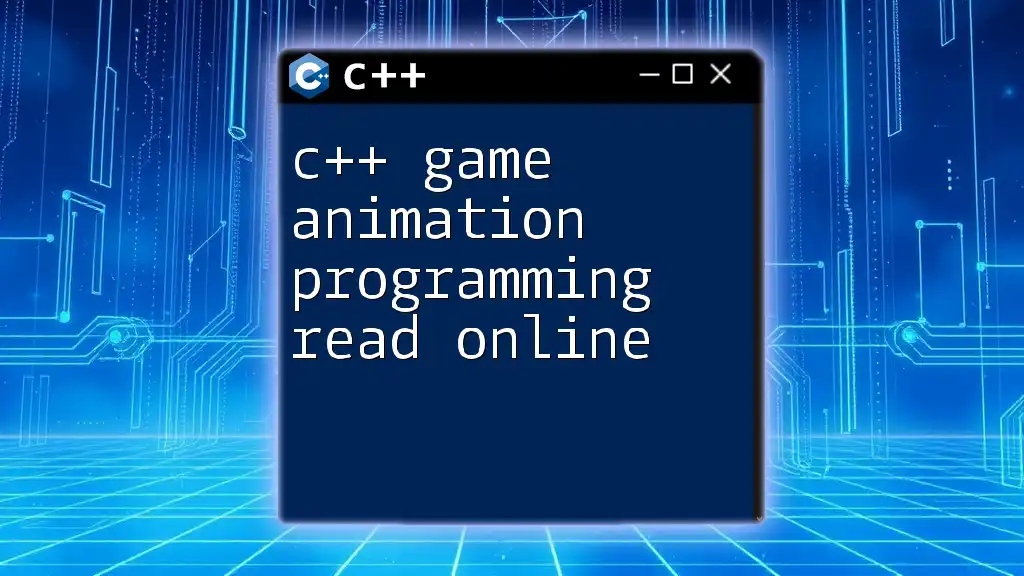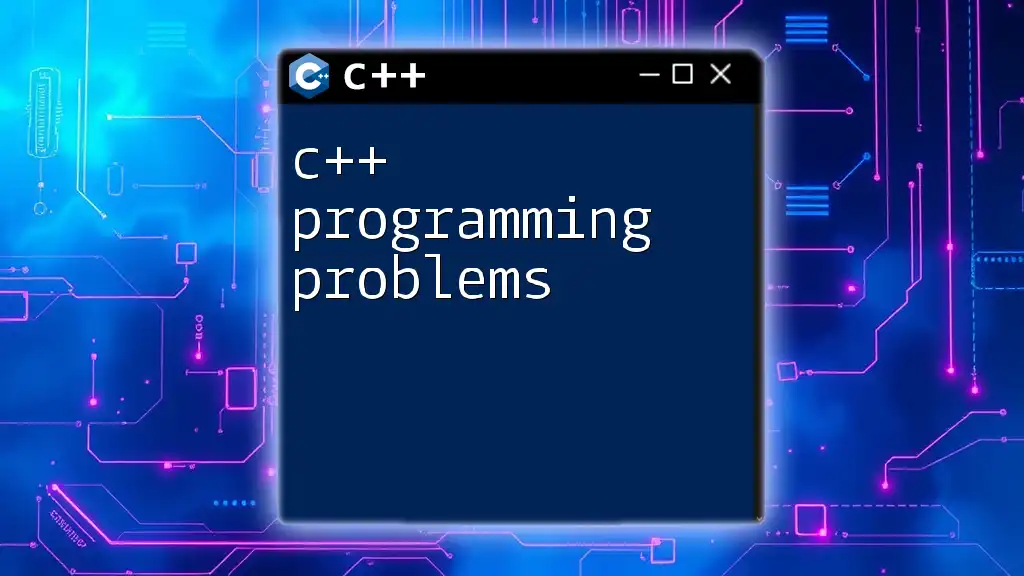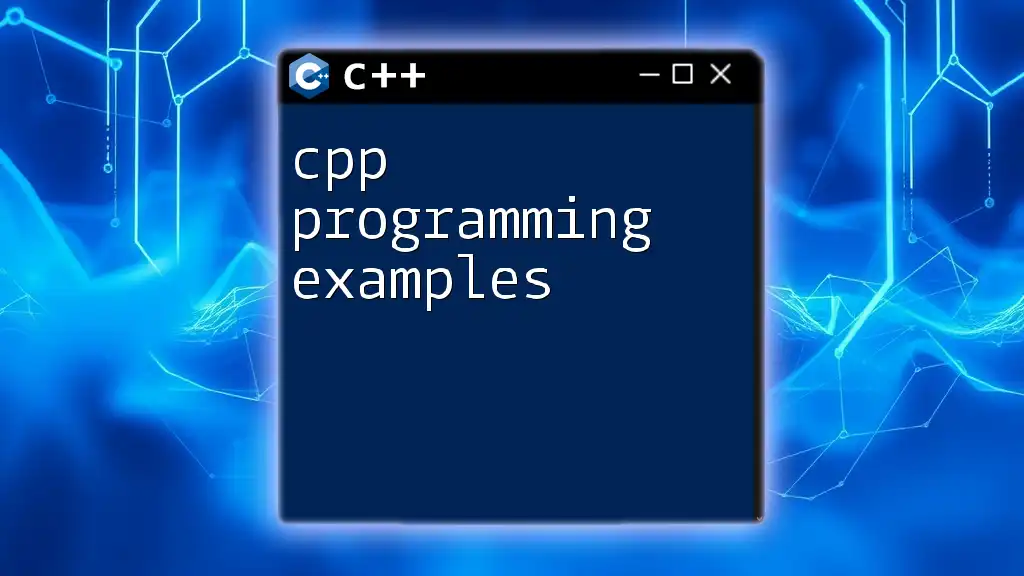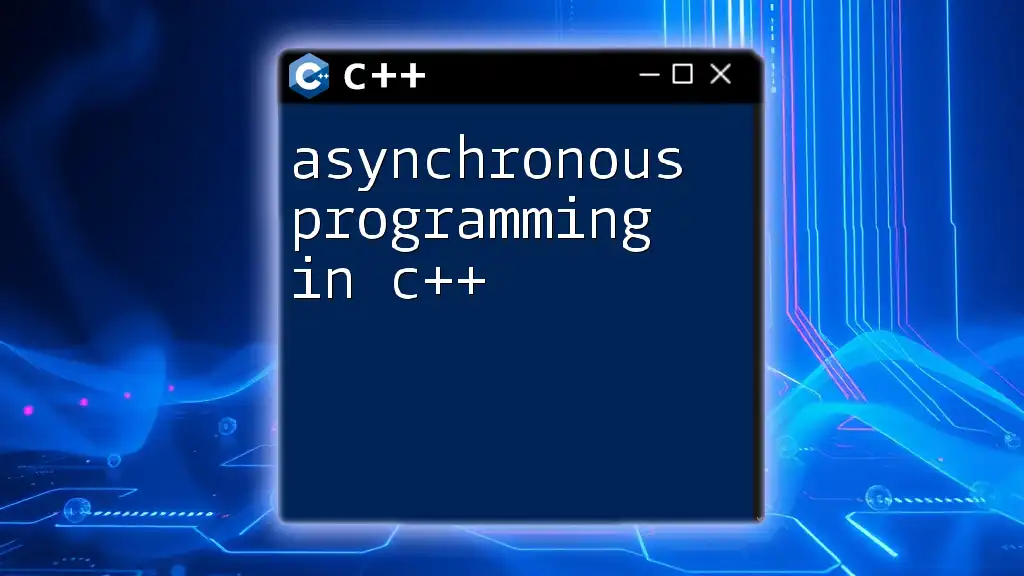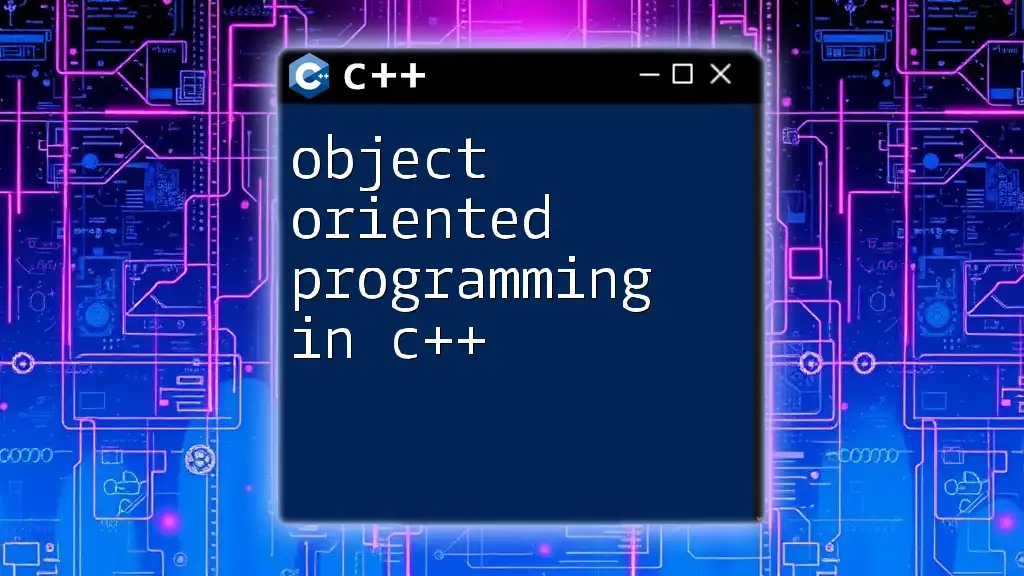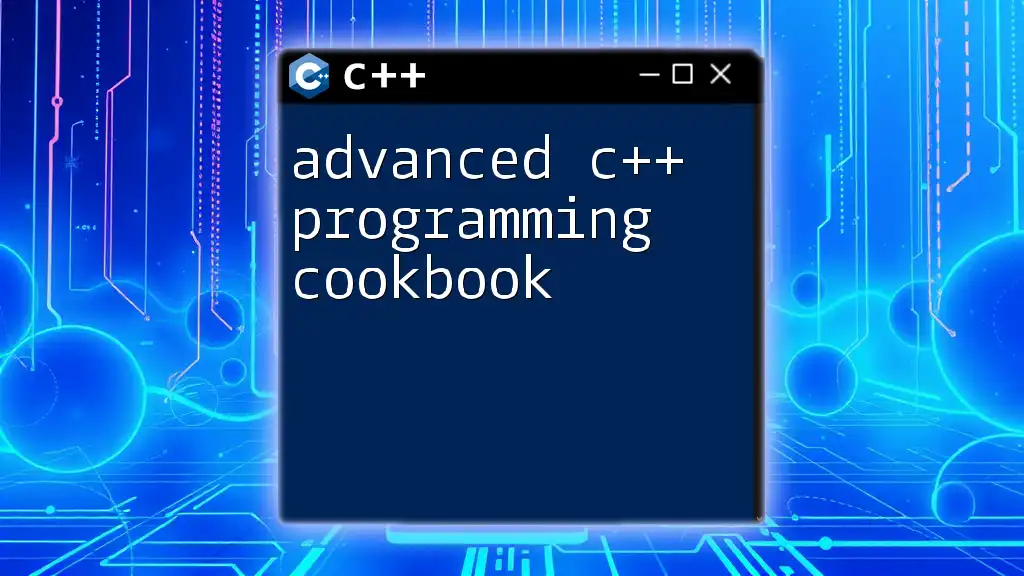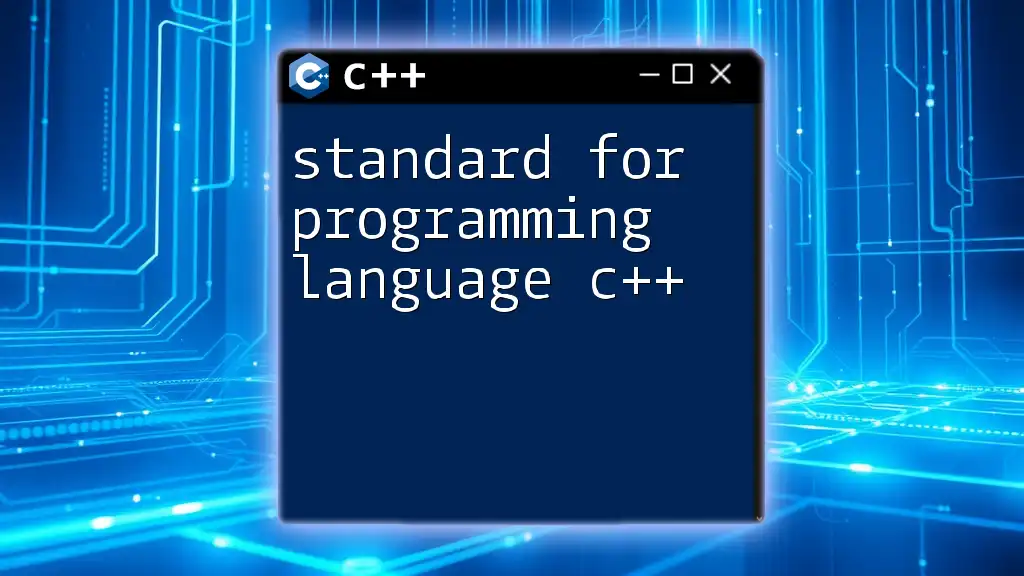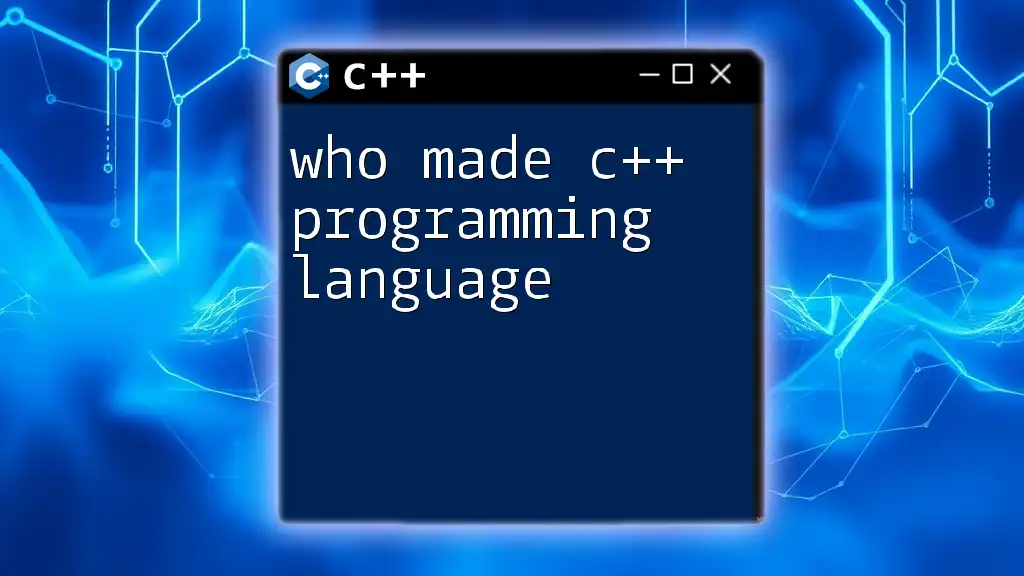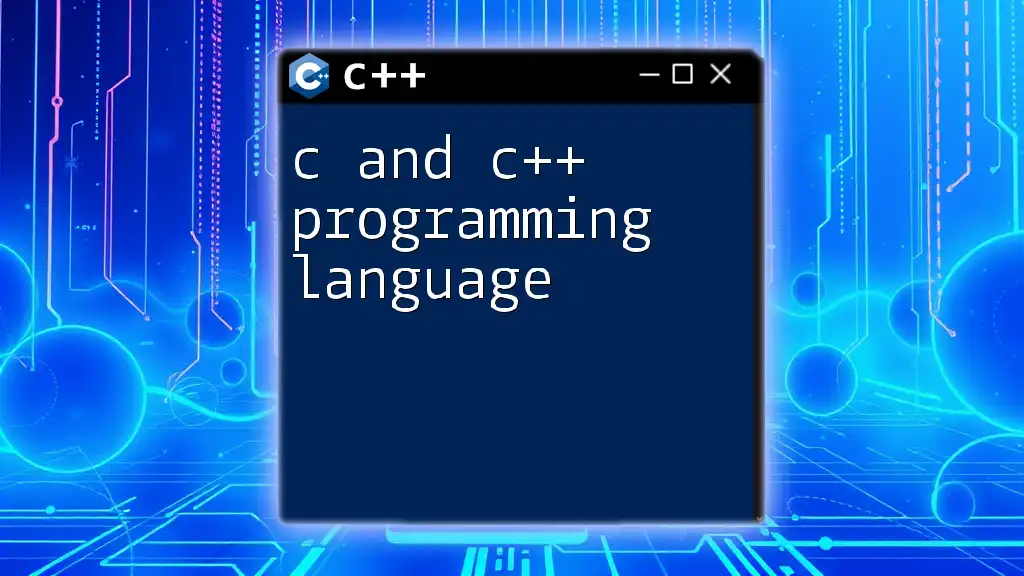"Learn how to implement smooth game animation in C++ with this quick guide, featuring essential commands for rendering animated sprites."
Here's a simple code snippet to demonstrate sprite animation in C++:
#include <SFML/Graphics.hpp>
int main() {
sf::RenderWindow window(sf::VideoMode(800, 600), "Animation Example");
sf::Texture texture;
texture.loadFromFile("sprite_sheet.png");
sf::Sprite sprite(texture);
// Set the initial frame in the sprite sheet
int frameWidth = 64; // Width of a single frame
int frameHeight = 64; // Height of a single frame
int currentFrame = 0;
// Game Loop
while (window.isOpen()) {
sf::Event event;
while (window.pollEvent(event)) {
if (event.type == sf::Event::Closed)
window.close();
}
// Update the current frame for animation
currentFrame = (currentFrame + 1) % 6; // Assuming there are 6 frames
sprite.setTextureRect(sf::IntRect(currentFrame * frameWidth, 0, frameWidth, frameHeight));
window.clear();
window.draw(sprite);
window.display();
}
return 0;
}
This code snippet demonstrates a simple sprite animation where frames are iterated through a sprite sheet in a loop.
Understanding Game Animation
What is Game Animation?
Game animation refers to the process of creating movement and visual effects within a game environment, vastly enriching the player experience. In essence, animations can be classified into 2D and 3D categories. 2D animations utilize flat representations that are manipulated for motion, while 3D animations involve more complex models that offer the depth of perspective.
Importance of Animations in Games
Animations play a crucial role in making games visually engaging and emotionally impactful. They help convey character emotions, enhance game mechanics, and create a dynamic atmosphere that keeps players immersed. From the way a character runs to the subtle gestures they make, animations significantly influence how players interact with the game world.
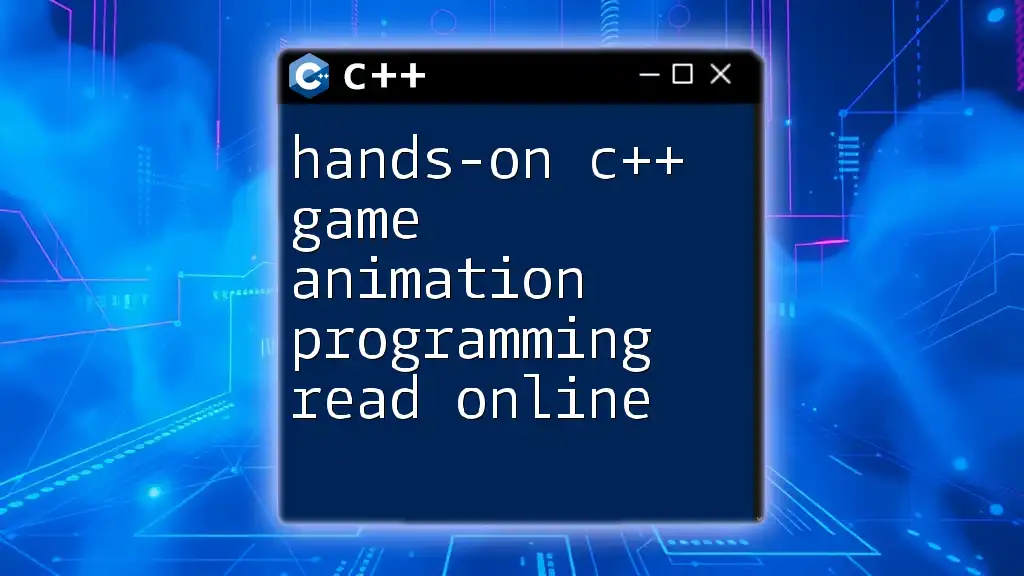
Getting Started with C++ for Game Animation
Setting Up Your C++ Development Environment
To begin programming animations in C++, setting up the right development environment is paramount. Integrated Development Environments (IDEs) such as Visual Studio or Code::Blocks offer a user-friendly interface and powerful tools tailored for C++ development.
For graphics rendering, libraries like SFML (Simple and Fast Multimedia Library) or SDL (Simple DirectMedia Layer) are essential. Here’s a quick guide to get started with SFML:
- Download the SFML library from the official website.
- Follow the installation instructions carefully, depending on your operating system.
- Link the SFML library to your IDE, ensuring that all required header and library files are correctly configured.
Basic C++ Concepts Relevant to Animation Programming
Object-Oriented Programming
A significant aspect of C++ is its Object-Oriented Programming (OOP) paradigm, which is crucial for game animation. Understanding concepts such as classes and objects allows you to create modular and reusable code.
For example, you can define an `Animation` class that encapsulates attributes such as frames, speed, and methods to update the animation. Here’s a simplified example:
class Animation {
public:
void update(float deltaTime) {
// Update animation based on deltaTime
}
};
Understanding Game Loops
The game loop is a fundamental component of real-time animation. It repeatedly processes input, updates game state, and renders graphics. Here’s a basic structure for a game loop in C++ using a hypothetical framework:
while (window.isOpen()) {
processInput(); // Handle user input
update(deltaTime); // Update game state
render(); // Draw the current frame
}
Animate with C++: Key Concepts
Frame Rate and Animation Speed
Frame rate is pivotal in animation, as it determines how smooth the animations appear. Higher frame rates yield smoother motion, while lower frame rates result in choppy visuals.
To control animation speed, incorporate timing into your logic. Use `deltaTime`, which measures the time elapsed since the last frame, to ensure consistent animation speed across different hardware.
float deltaTime = clock.restart().asSeconds(); // Time since last frame
sprite.move(speed * deltaTime, 0); // Adjust movement based on deltaTime
Sprite Management
In game animation, sprites are bitmaps or images used for characters or objects. Managing sprites effectively is vital. You can load and display a sprite using SFML like this:
sf::Texture texture;
texture.loadFromFile("character.png"); // Load sprite texture
sf::Sprite sprite(texture); // Create sprite
window.draw(sprite); // Render sprite to window
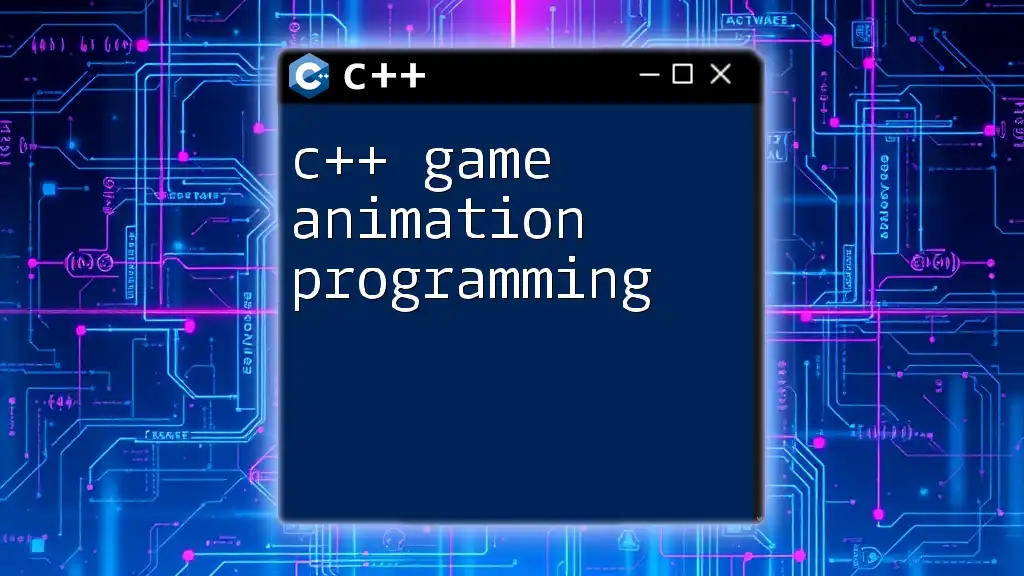
Implementing Basic Animation in C++
Moving a Sprite
Setting Up a Simple Window
To begin, you need to set up a basic window using SFML. This is essential for displaying your animations.
#include <SFML/Graphics.hpp>
int main() {
sf::RenderWindow window(sf::VideoMode(800, 600), "Simple Animation");
while (window.isOpen()) {
// Game loop goes here
}
return 0;
}
Moving the Sprite
Moving a sprite can be achieved through keyboard input or direct manipulation. For a basic left-right movement, use the following conceptual code:
float speed = 100.0f; // Define speed in pixels per second
if (sf::Keyboard::isKeyPressed(sf::Keyboard::Right)) {
sprite.move(speed * deltaTime, 0);
}
This code snippet allows your sprite to move smoothly to the right when the right arrow key is pressed. Incorporating `deltaTime` ensures consistent speed across varying frame rates.
Scaling and Rotating Sprites
Transformations such as scaling and rotating enhance the visual dynamics of sprites. You can modify a sprite’s size and orientation as follows:
sprite.setScale(1.5f, 1.5f); // Scale sprite to 150%
sprite.setRotation(45); // Rotate sprite by 45 degrees
Such transformations enable the creation of dynamic animations, improving visual storytelling within the game.
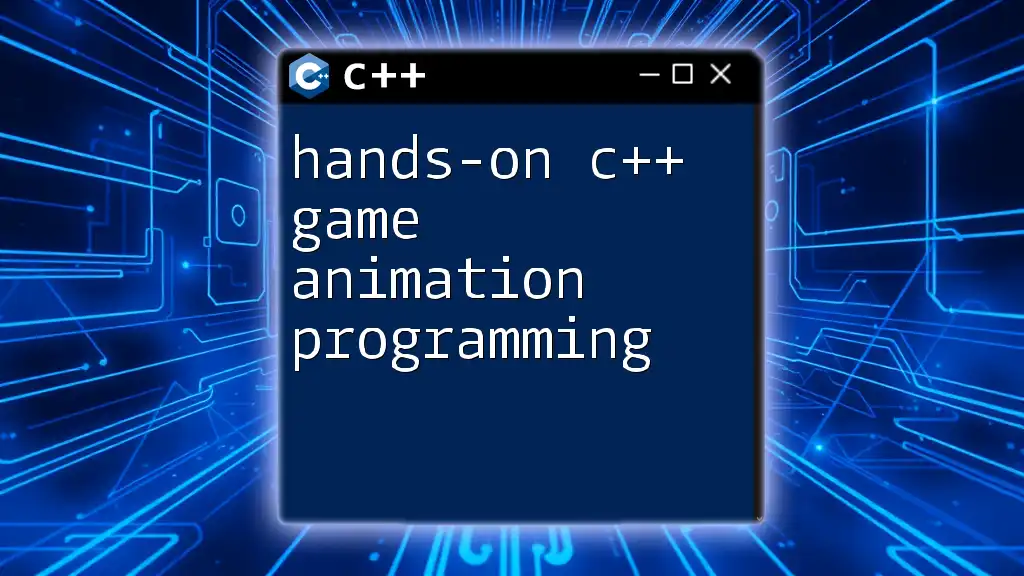
Advanced Animation Techniques
Frame-Based Animation
Frame-based animation enables the representation of motion through a sequence of images (frames). To implement frame-based animation, you need to manage a sprite sheet. This can be achieved by defining the size and position of each frame:
int frameWidth = 64; // Width of each frame
int frameHeight = 64; // Height of each frame
sprite.setTextureRect(sf::IntRect(currentFrame * frameWidth, 0, frameWidth, frameHeight));
Updating `currentFrame` at regular intervals will result in fluid motion.
Tweening Animations
Tweening is a technique used to create smooth transitions between different states. By interpolating values over time, you can create attractive animations without needing to draw each frame manually. For instance, moving an object from position A to position B can be done using linear interpolation:
float x = startX + (endX - startX) * (elapsedTime / totalTime);
sprite.setPosition(x, sprite.getPosition().y);
Implementing Animation States
Managing different animation states (Idle, Running, Jumping) is critical for complex characters. Utilizing a finite state machine (FSM) allows for organized control over these states:
enum class AnimationState {IDLE, RUNNING, JUMPING};
// Switch statements can be used to handle animation based on the current state
switch (currentState) {
case AnimationState::IDLE:
// Handle idle animation
break;
case AnimationState::RUNNING:
// Handle running animation
break;
case AnimationState::JUMPING:
// Handle jumping animation
break;
}
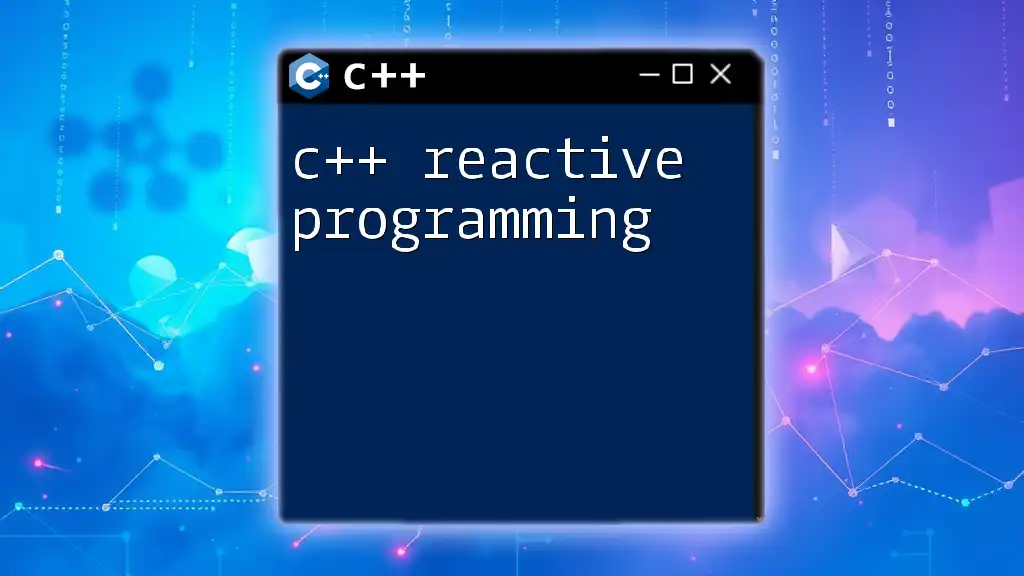
Common Challenges in C++ Animation Programming
Troubleshooting Animation Issues
Common animation issues include sprite flickering and perceptible lag. One frequent cause of flickering is improper rendering order or not clearing the window before drawing new frames. Ensure you clear the window before rendering:
window.clear(); // Clear the window before drawing new frame
Performance Optimization Techniques
Optimizing animations is crucial to ensure smooth gameplay, especially on devices with lower processing power. Techniques such as sprite batching, where multiple sprites are drawn in a single call, can greatly enhance performance. Additionally, consider using object pooling to reuse objects rather than continually creating and destroying them.

Learning Resources
Online Tutorials and Courses
A wealth of resources are available for deepening your knowledge of C++ game animation programming. Websites like LearnCPP.com, Codecademy, and Udemy offer structured courses that cater to beginners and advanced developers alike.
Books on C++ Game Development
Books such as "Beginning C++ Through Game Programming" by Michael Dawson and "SFML Game Development" by Jan Haller are excellent options for comprehensive learning. These texts provide in-depth explanations and practical examples to solidify your understanding of the concepts discussed.
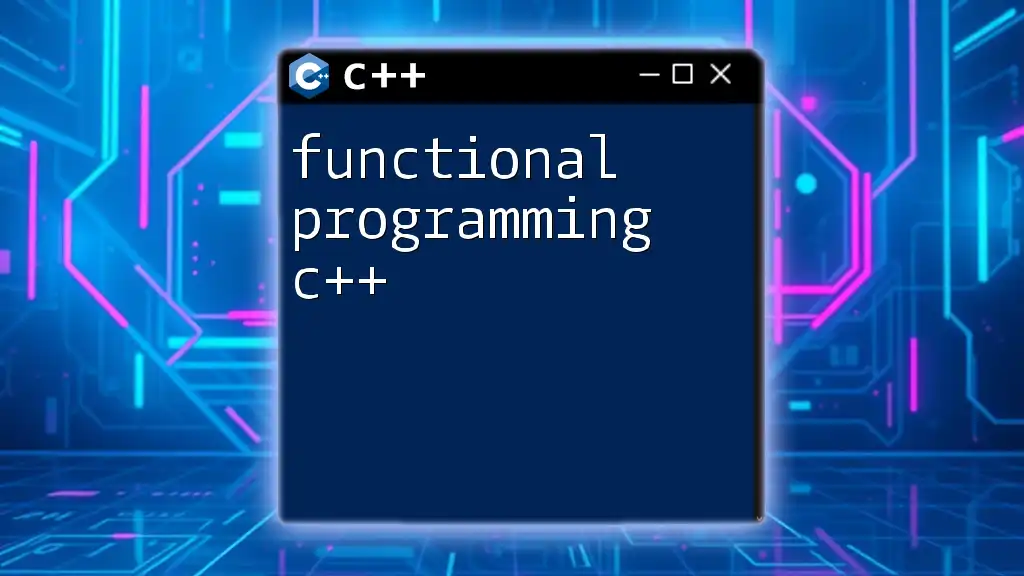
Conclusion
In this article, we've explored the realms of C++ game animation programming, providing foundational knowledge and practical code examples that lay the groundwork for your animation endeavors. Embrace experimentation with the code snippets given, and don’t hesitate to dive deeper into the world of animations to enhance your game development skills.
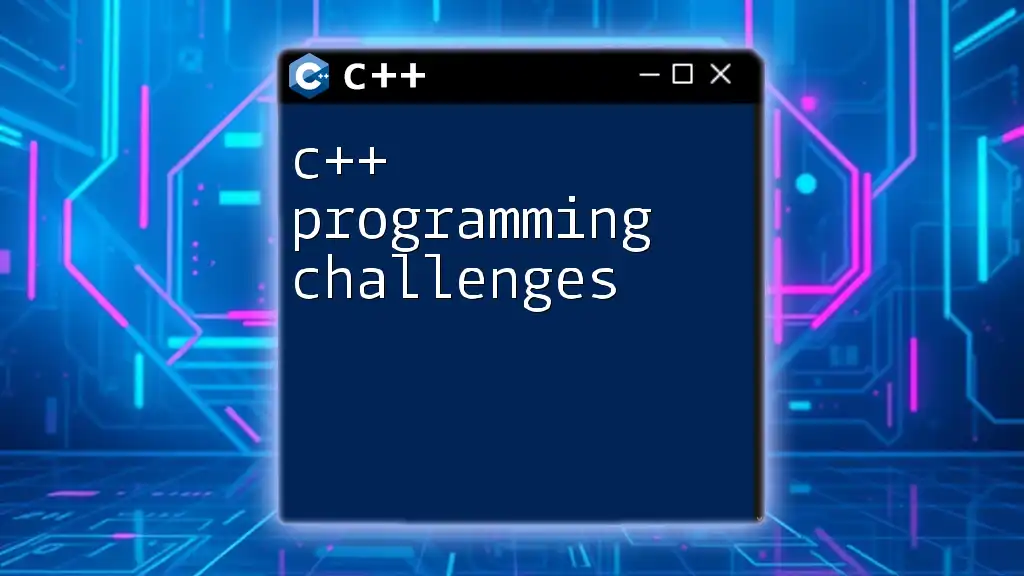
Call to Action
We’d love to hear from you! Share your thoughts or questions about C++ game animation programming read online in the comments below. Plus, consider subscribing to our newsletter for more insights and tutorials on game development!

